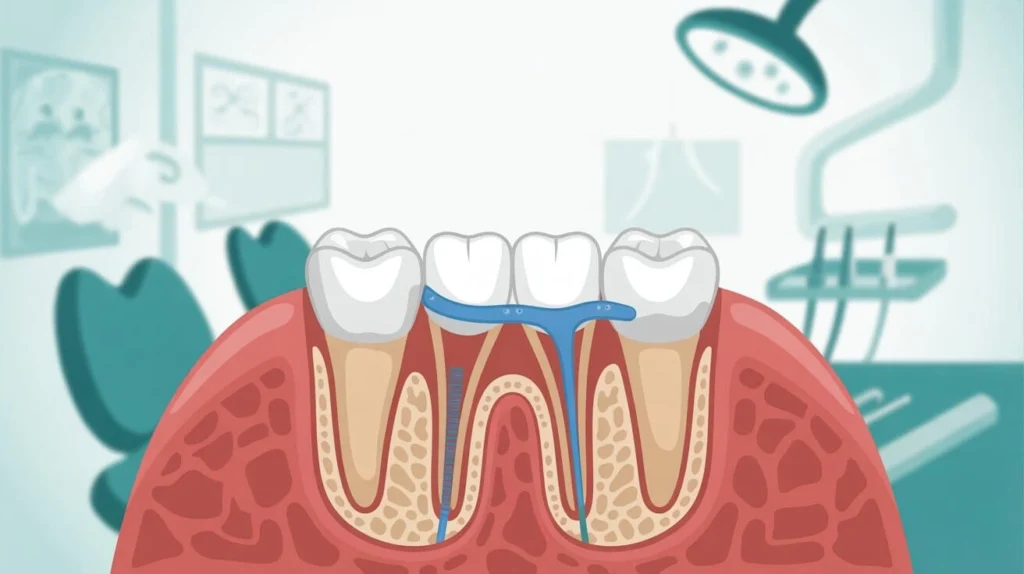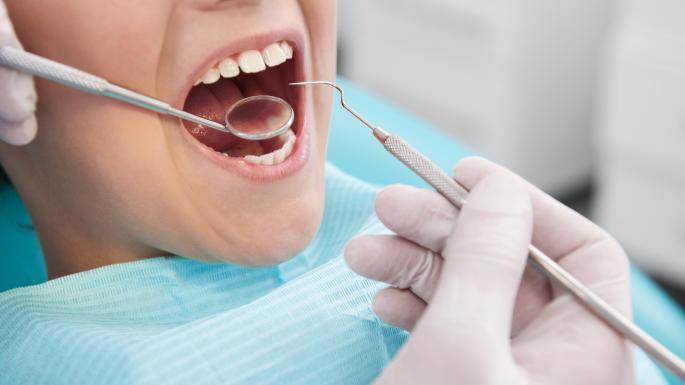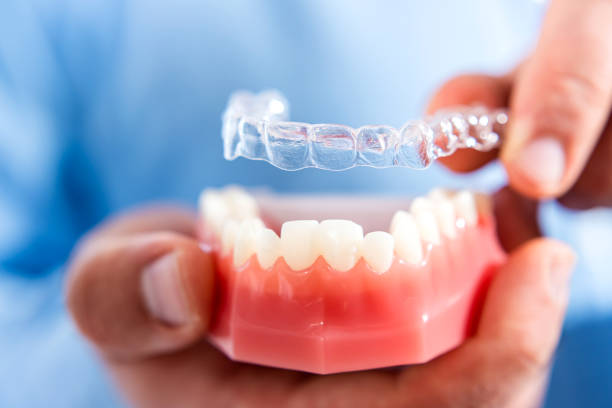If your dentist has recommended a bone graft dental procedure, you might be wondering what it involves, why it’s necessary, and how long it takes to heal. Bone grafting may sound intimidating, but it’s actually a safe and predictable solution to restore jawbone density and support long-term oral health.
Let’s break down the purpose, procedure, recovery, and risks associated with bone grafting—and why it could be the key to saving your smile.

Content
What Is a Dental Bone Graft?
A dental bone graft is a minor surgical procedure that involves adding bone or bone-like materials to your jaw. It helps regenerate bone loss caused by missing teeth, trauma, or periodontal disease. Over time, the graft material fuses with your natural bone, creating a strong foundation for dental implants or preventing further deterioration.
Types of Bone Grafts:
- Auto graft: Bone taken from your own body (e.g., hip or chin)
- Allograft: Donor bone from a human tissue bank
- Xenograft: Bone from an animal source (usually bovine)
- Alloplast: Synthetic bone-like material
Each type has its own benefits, and your dentist will recommend the best option for your specific needs.
When Do You Need a Bone Graft Dental Procedure?
A bone graft dental procedure is typically recommended in the following scenarios:
- Before a dental implant: If you’ve lost bone after tooth loss, implants may not be stable without grafting.
- Following tooth extraction: To preserve bone volume and prepare for future restorations.
- To correct jawbone defects: From trauma, infections, or congenital conditions.
- After advanced gum disease: Periodontitis can cause severe bone loss.
- For sinus lift procedures: When upper jaw bone height is inadequate near the sinus cavity.
Delaying a bone graft could mean more complicated treatment in the future. Early intervention helps preserve both aesthetics and function.
Bone Graft Dental: Step-by-Step Procedure
Understanding what happens during a bone graft dental procedure can help ease anxiety.
1. Evaluation
Your dentist or oral surgeon will review X-rays or 3D scans to assess the condition of your jawbone and determine the grafting area.
2. Anesthesia
You’ll receive local anesthesia or sedation for comfort throughout the procedure.
3. Graft Placement
An incision is made in the gum tissue to expose the bone. The grafting material is carefully placed, then secured with a membrane if needed.
4. Suturing
The gum tissue is repositioned and sutured to protect the graft site while healing.
5. Recovery Begins
Initial healing takes place over a few weeks. Full integration of the graft with your bone (called Osseo integration) may take 3–6 months, depending on the size and type of graft.
Recovery and Aftercare Tips
Healing after a bone graft dental procedure is usually smooth with proper care. Here’s what to expect:
- Swelling and soreness: Common for 2–3 days; controlled with medication and cold compresses.
- Diet: Stick to soft, cool foods—avoid chewing near the graft site.
- Oral hygiene: Keep the area clean using saltwater rinses and gentle brushing away from the surgical site.
- Smoking and alcohol: Avoid both as they slow healing and increase the risk of complications.
- Follow-ups: Attend all scheduled visits to monitor progress.
Following these guidelines helps ensure a successful graft and a strong base for future dental work.
Are There Any Risks?
While bone grafting is safe, like all surgical procedures, there are some minor risks:
- Infection at the graft site
- Inflammation or discomfort
- Graft rejection (rare)
- Nerve injury (especially in lower jaw procedures)
Most complications are avoidable with good aftercare and by choosing an experienced dental professional.
Cost and Insurance Coverage
The cost of a bone graft dental procedure can vary depending on:
- Graft material used
- Location and size of the graft
- Need for sedation or additional surgeries
Some dental insurance plans cover bone grafting if it’s medically necessary (e.g., for implant support). Check with your provider and request a cost estimate during your consultation.
Conclusion: Is a Bone Graft Dental Procedure Right for You?
If you’re missing teeth, experiencing jawbone loss, or preparing for dental implants, a bone graft dental procedure can play a vital role in rebuilding the structure and function of your mouth. It’s a reliable, safe, and proven method to restore your jaw’s strength and ensure a beautiful, lasting smile.
Bone grafting may sound complex, but with modern dental technology and experienced professionals, it’s easier than ever to regain lost bone and restore confidence in your appearance.
Talk to your dentist today to explore your options and find out if bone grafting is the right step toward a healthier, stronger smile.
Frequently Asked Questions
Is a bone graft painful?
Most patients report only mild discomfort during recovery. Anesthesia during the procedure and medication afterward help manage pain effectively.
How long does the bone graft take to heal?
Initial recovery takes a few days to a week. Full bone integration typically occurs within 3 to 6 months.

Helen Bradley is a health blogger and the founder of her own blog about fitness. She has been blogging for three years now and loves to share what she learns with others. Helen enjoys reading, cooking, and staying active outdoors.











